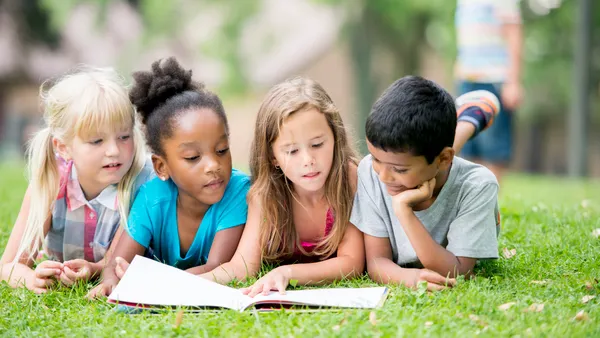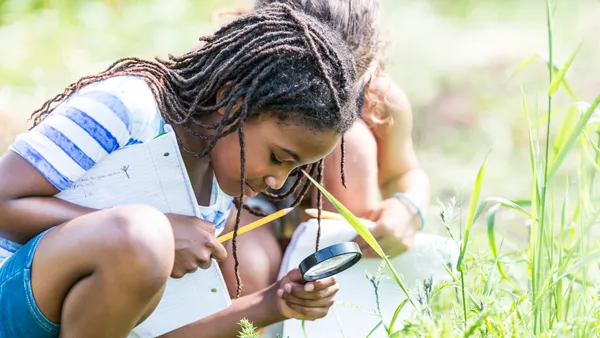Dive Brief:
- In the age of disinformation and accusations of "fake news," officials are stressing for greater media literacy to help citizens — and especially young people — assess whether they’re reading false information or propaganda, Northern Essex Community College communication and journalism professor Amy Callahan wrote in Education Week. But in order to make these initiatives effective, educators must clarify what media literacy means and what the discipline entails, she wrote.
- Callahan, a former journalist, shared four strategies for educators in spelling out media literacy and improving related curricula, including addressing how time spent on social media can affect students' cognitive and mental health. Media literacy should also include instruction on how to navigate the internet and and respond to any hazards — including hackers and malware — that they may face.
- Educators looking for support might also consider tapping local newsrooms or journalists in displaying free press models with sound standards and ethics put in practice. online journalism sites for help. Librarians, she added, may also be trained in teaching media literacy skills to patrons, adults and students, making them valuable resources for educators.
Dive Insight:
Anyone with an internet connection can post their thoughts online. And while this gives way to the rise of true citizen journalism, it can also lead to people posting content — on blogs, social media platforms, podcasts, videos, etc. — and spinning it as news or verified information. Regardless of whether that content is true, students don’t always know how to tell the difference between real and fake, as a common instinct is to trust what's put in front of them — especially if it's something they heard about from their parents, teachers or peers.
Schools and districts have a huge responsibility in teaching students media literacy skills. Some could argue that teaching a child to read is a foundational media literacy skill — with knowledge of the alphabet, they unlock the ability to understand and learn from any and all written sources. However, media literacy casts a much wider net. It teaches students how to discern, determine and dissect what they’re seeing, hearing or reading, giving them the tools to judge if something is accurate and to be trusted.
These abilities are arguably invaluable, especially as threats of disinformation increase and prominent individuals continue questioning the integrity of what's actually accurate and fair journalism. But media literacy, in itself, is a broad term. So, to create an effective curriculum that does more than cover the basics of a somewhat vague discipline, it's up to school leaders to determine what it means, what skills it entails and how those will be taught in the classroom.
By using frameworks like Callahan's and looking to online resources for inspiration, educators may get a better sense of what media literacy curricula have proven successful in other schools or districts. Teachers have seveal places to turn to for guidance, and in looking for lesson plans for their students, they'll be developing their own media literacy skillset. After interacting with media literacy lessons, students and educators alike should feel confident about what makes a news source reliable — or not — and that they shouldn't believe everything they read or see online.











